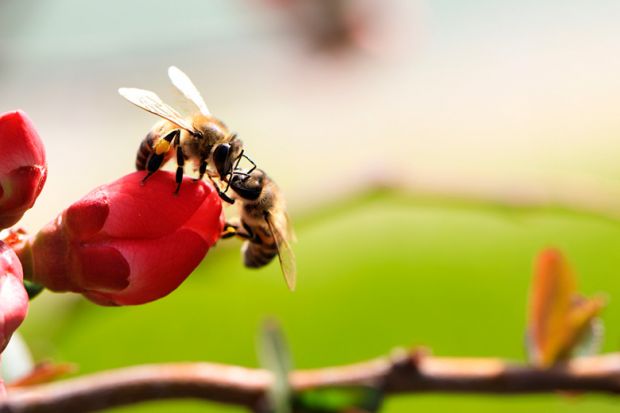On a recent visit to Oxford’s Ashmolean Museum, I came across a brochure called Out in Oxford. This was published in what it describes as “an auspicious year”, since 2017 marks “the 50th anniversary of the partial decriminalisation of homosexuality in England and Wales”, and the pamphlet offers “an LGBTQ+ trail of the University of Oxford’s collections”.
It arises out of a lecture by Richard Parkinson, professor of Egyptology at Oxford, who writes that the city “always feels romantic to [him], since it’s where I first met my husband. The University is wonderfully committed to equality and diversity, and he has been made to feel very much at home in my own college, Queen’s. But we still think twice about holding hands elsewhere in the University and the legacy of heteronormative history can still seem oppressively persistent. The time of full equality is not quite with us yet…”
I once reviewed a fascinating exhibition called Queering the University Art Collection, an “intervention” by the artist Matt Smith at the University of Leeds’ Stanley and Audrey Burton Gallery. What he did, I wrote, was to introduce eight domestic objects “inscribed in some way with a testimony of gay life from the Brighton Ourstory archive”, whether “cut into a Victorian tray, written into an old address book, engraved into an Art Deco photo frame or Babycham glasses, often to startling and discordant effect”. Out in Oxford , by contrast, “queers” the university by flagging up what is already there.
There are paintings, statues and objects representing gay figures ranging from King James I to a lesbian samurai. We are shown ethnographic objects and images of mythological figures that challenge conventional gender binaries. A US banknote stamped with the words “Lesbian Money” acted as a powerful form of protest simply by being in circulation.
Much of this seems like a great way of marking the anniversary of the 1967 legislation and an implicit reminder of the battles still to be won. What struck me as much stranger is the way that the natural world is introduced into the argument. A skeleton of a giraffe in Oxford’s Museum of Natural History is captioned with the information that males frequently engage in same-sex mounting, which “occur[s] more frequently than male-female mounting, which only accounts for 7% of all observations”, demonstrating that “homosexuality is a normal occurrence in our world”. It is hard not to be intrigued by the sexual and childcare arrangements of our close relatives in the animal kingdom, and it is obviously right to combat the spurious analogies that some people have used to lay down what is “natural” to us humans.
But other items in Out in Oxford make reference to the sexual and reproductive habits of snakes, snails and species of fish in which “some females may transition to breeding males”. We even learn that the yew in Oxford’s Botanic Gardens counts as a “transgender tree” and that the saucer magnolia is “one of many hermaphrodite (intersex) plants”. It may be fun to celebrate nature’s polymorphous perversity, but doesn’t this risk diluting the central political case? Is it remotely likely that someone opposed to transgender rights would be won over by learning that yew trees can be described as transgender?
Register to continue
Why register?
- Registration is free and only takes a moment
- Once registered, you can read 3 articles a month
- Sign up for our newsletter
Subscribe
Or subscribe for unlimited access to:
- Unlimited access to news, views, insights & reviews
- Digital editions
- Digital access to THE’s university and college rankings analysis
Already registered or a current subscriber? Login
